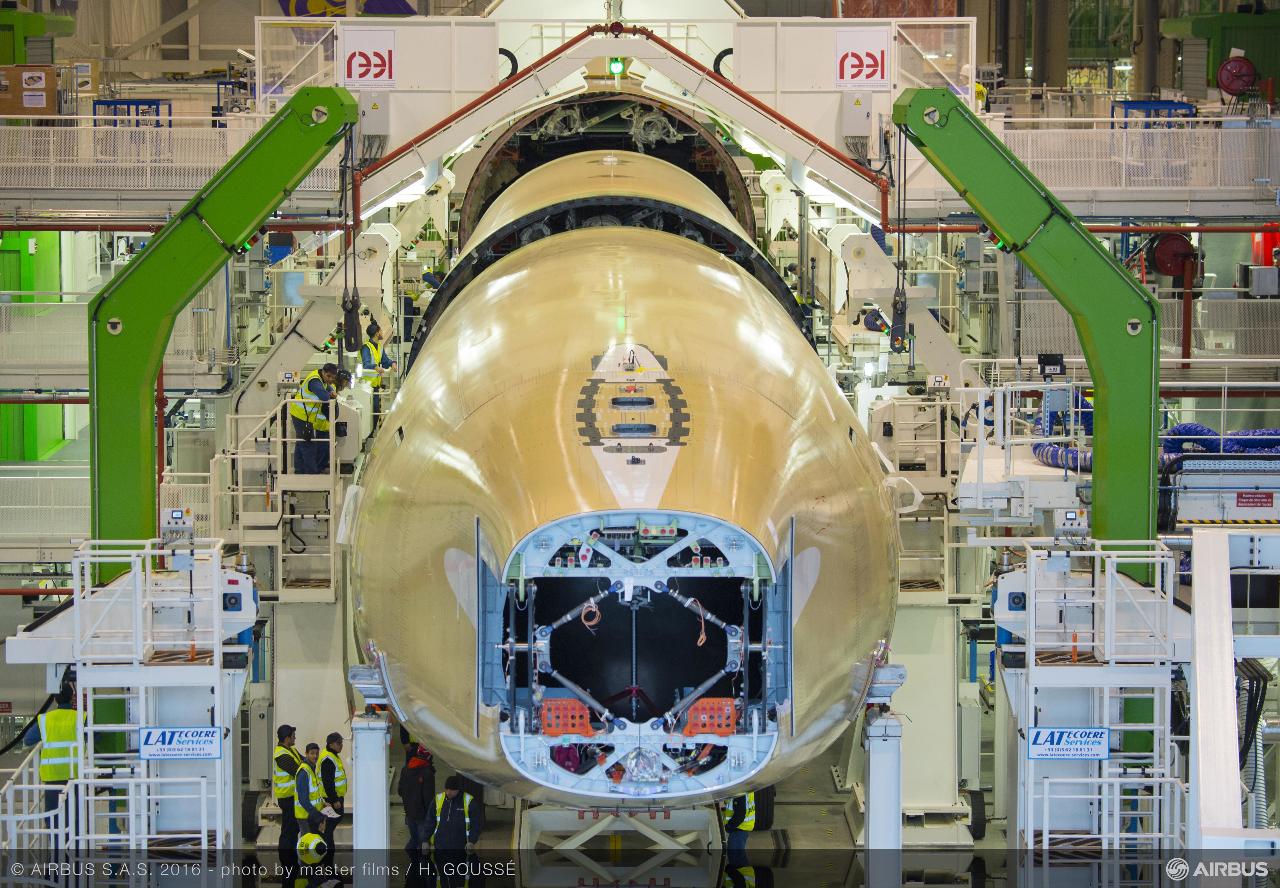The outlook for the global aerospace and defence industry remains positive, Moody’s Investors Service says in a new report. Growth in airplane deliveries is expected to regain momentum next year amid strong commercial demand, following a temporary period of slower growth in 2016.
“Our reduced profit growth forecast reflects our expectation that growth in unit deliveries of large commercial airplanes will stay relatively low for a second year in 2016,” remarks Russell Solomon, a Moody’s Senior Vice President.
This year, large commercial airplane deliveries are estimated to rise between 1% and 4% before increasing to 7% to 8% annually in 2017-18 and remaining high into the next decade, according to the report, “Aerospace and Defense – Global: Despite Near-Term Commercial Aerospace Turbulence, Mostly Clear Skies Ahead.”
Favorable air traffic trends and strong, albeit regionally uneven, airline profitability are seen bolstering demand, along with modest global GDP growth. At the same time, lower oil prices, a strong US dollar and macroeconomic pressure in emerging markets will result in slower orders and a higher incidence of deferrals/cancellations. However, according to Moody’s, bulging order books reflect unmet demand and render appropriate the coming production rate ramp-up in civil aerospace.
The positive outlook for the industry also reflects Moody’s expectations of steady global defence spending. With not full, but somewhat more, certainty on budgets, and a general recognition that higher spending is likely needed after several down years, given elevated security risks globally, the market environment has improved for defence contractors.
“We expect global defence expenditures to rise 2%-4% over the next 12 to 18 months, up modestly from our previous forecast in December of 2%-3% growth amid improved funding clarity in the U.S. and still-high geopolitical tensions,” notes Solomon.

